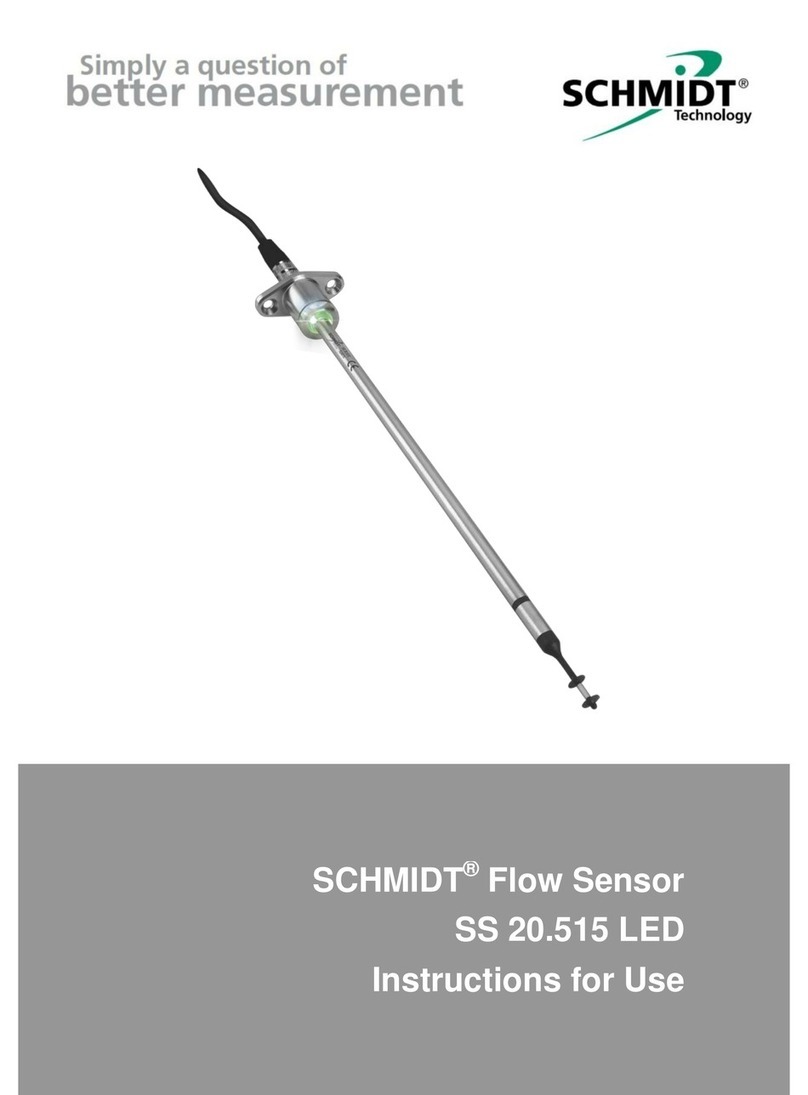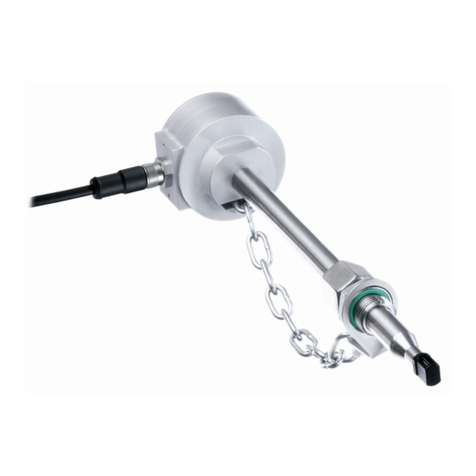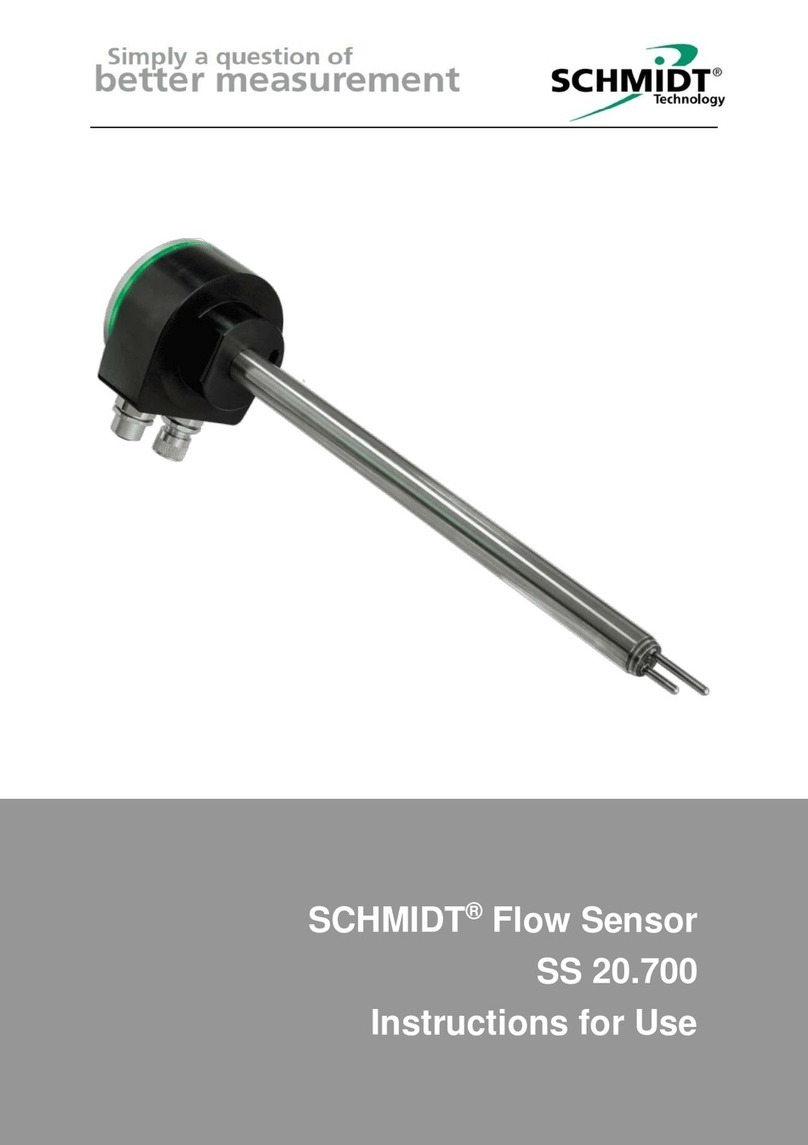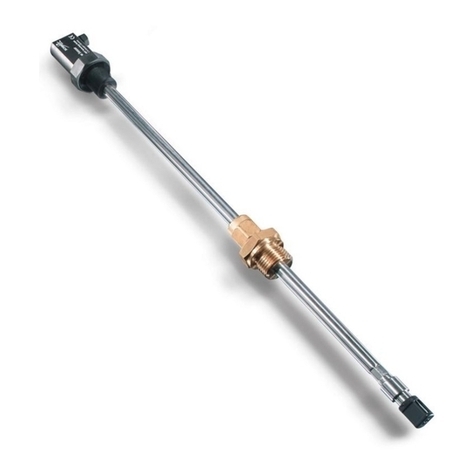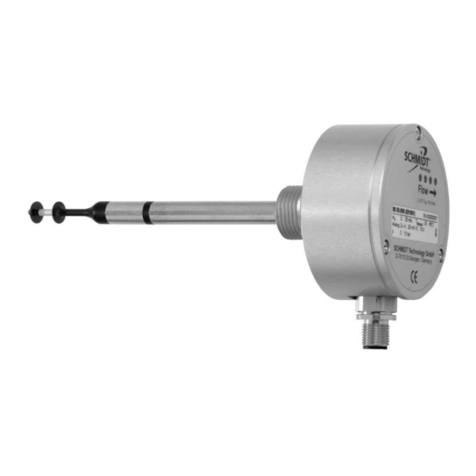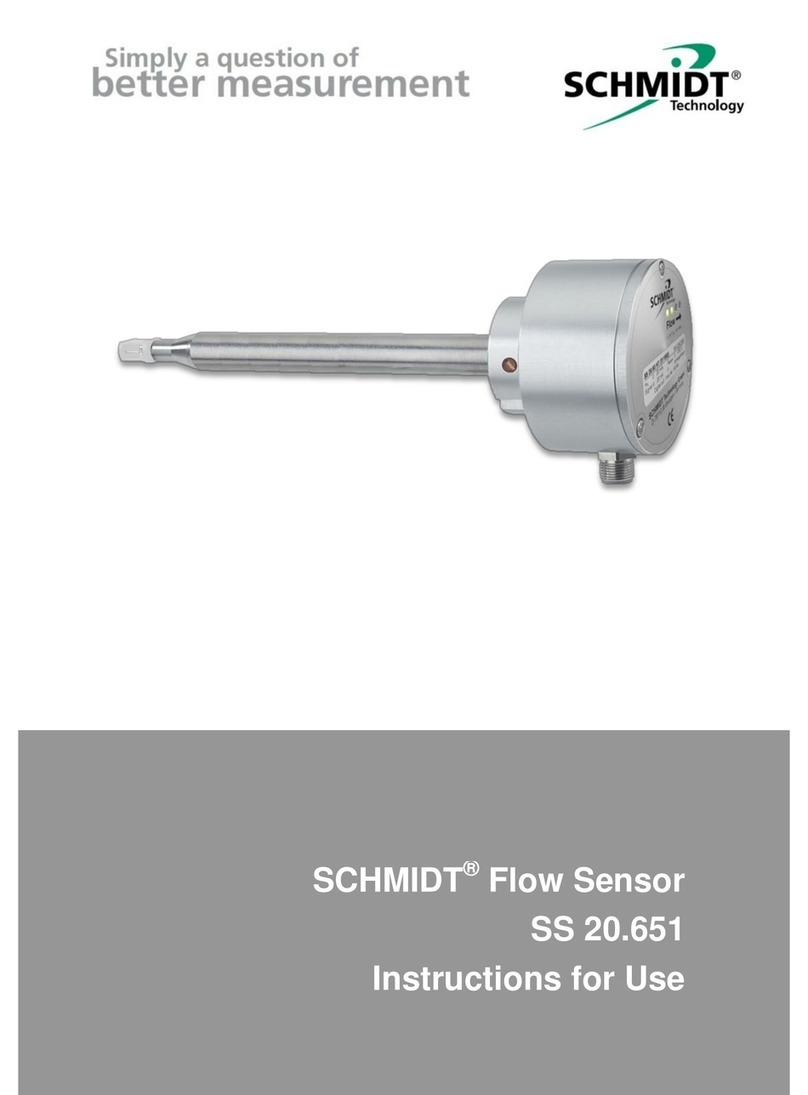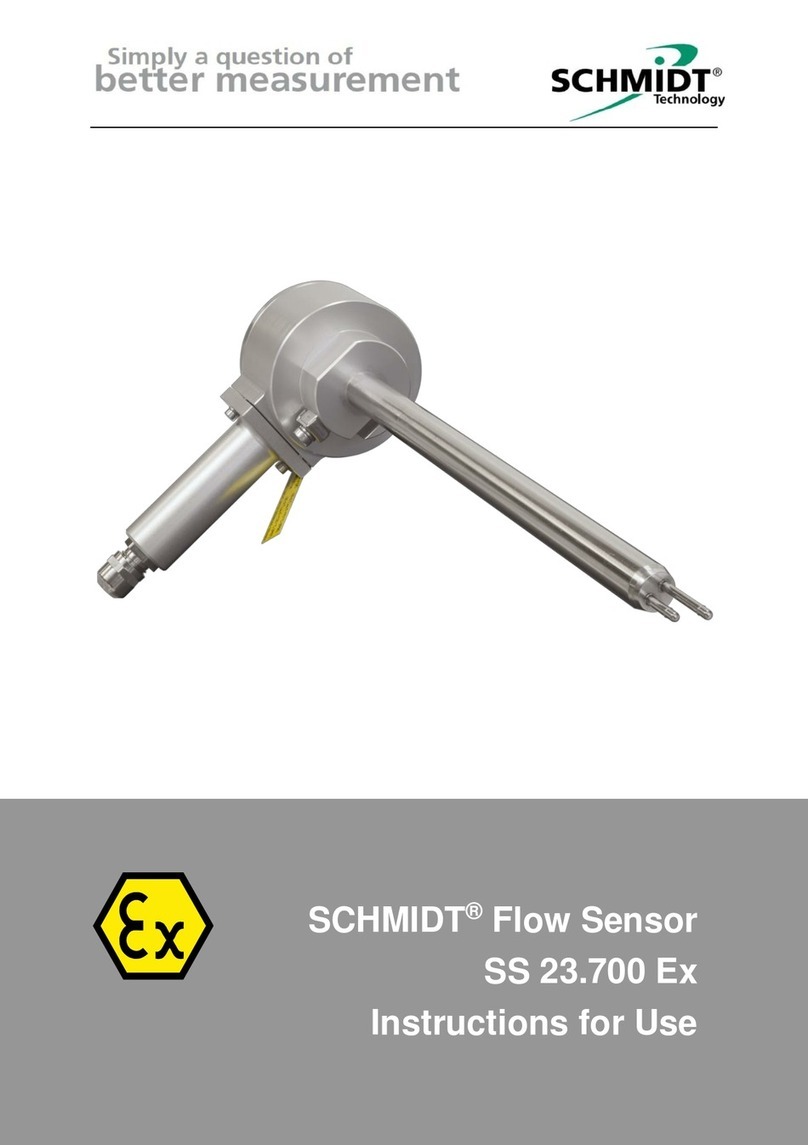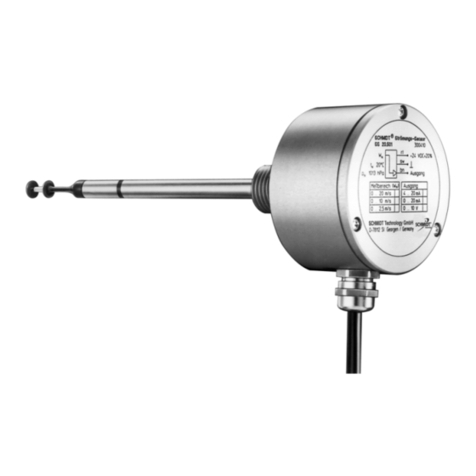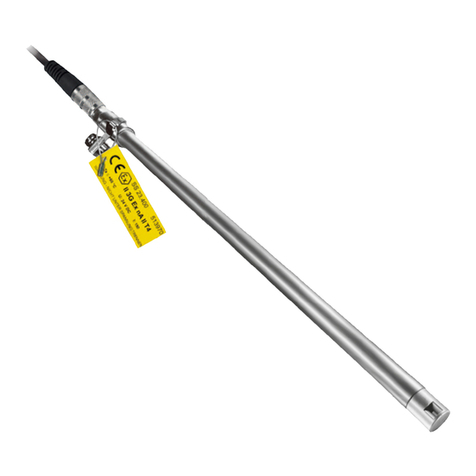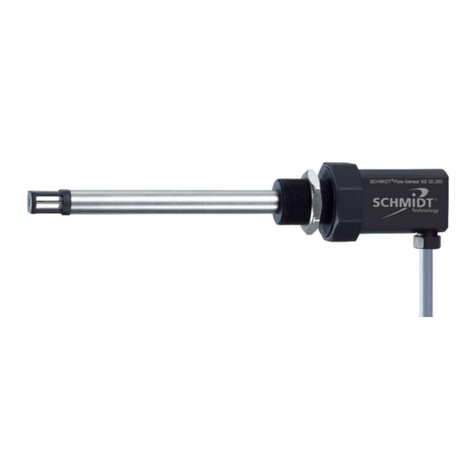Instructions for Use SS 20.60 Page 3/16
1 Important Information
These instructions for use must be read completely and observed
carefully, before putting the unit into operation.
Any claims under the manufacturer's liability for damage resulting
from non-observance or non-compliance with these instructions
will become void.
Tampering with the device in any way whatsoever - with the
exception of the designated use and the operations described in
these instructions for use - will forfeit any warranty and exclude
any liability.
The unit is designed exclusively for the use described below (s.
chapter 2 Range of Applications) In particular, it is not designed
for direct or indirect personal protection.
SCHMIDT Technology cannot give any warranty as to its
suitability for a certain purpose and cannot be held liable for errors
contained in these instructions for use or for accidental or
sequential damage in connection with the delivery, performance
or use of this unit.
2 Range of Applications
The SCHMIDT®flow sensor SS 20.60 is designed for stationary
use in compressed air pipes, air ducts or air shafts under
atmospheric pressure conditions. The sensor measures the flow
velocity of the measuring medium as standard velocity (unit m/s),
relative to the standard pressure of 1013.25 hPa and the standard
temperature of 20°C. The output signal is linear and independent
of the pressure and temperature of the medium. When mounting
the sensor in a tube, the output signal of the flow velocity can be
used to calculate the standard volumetric flow or the mass flow of
the medium. Please refer to the separate table “SS 20.60 Profile
Factors”.
When using the sensor outdoors, it must be protected against
direct ex-posure to the weather.
